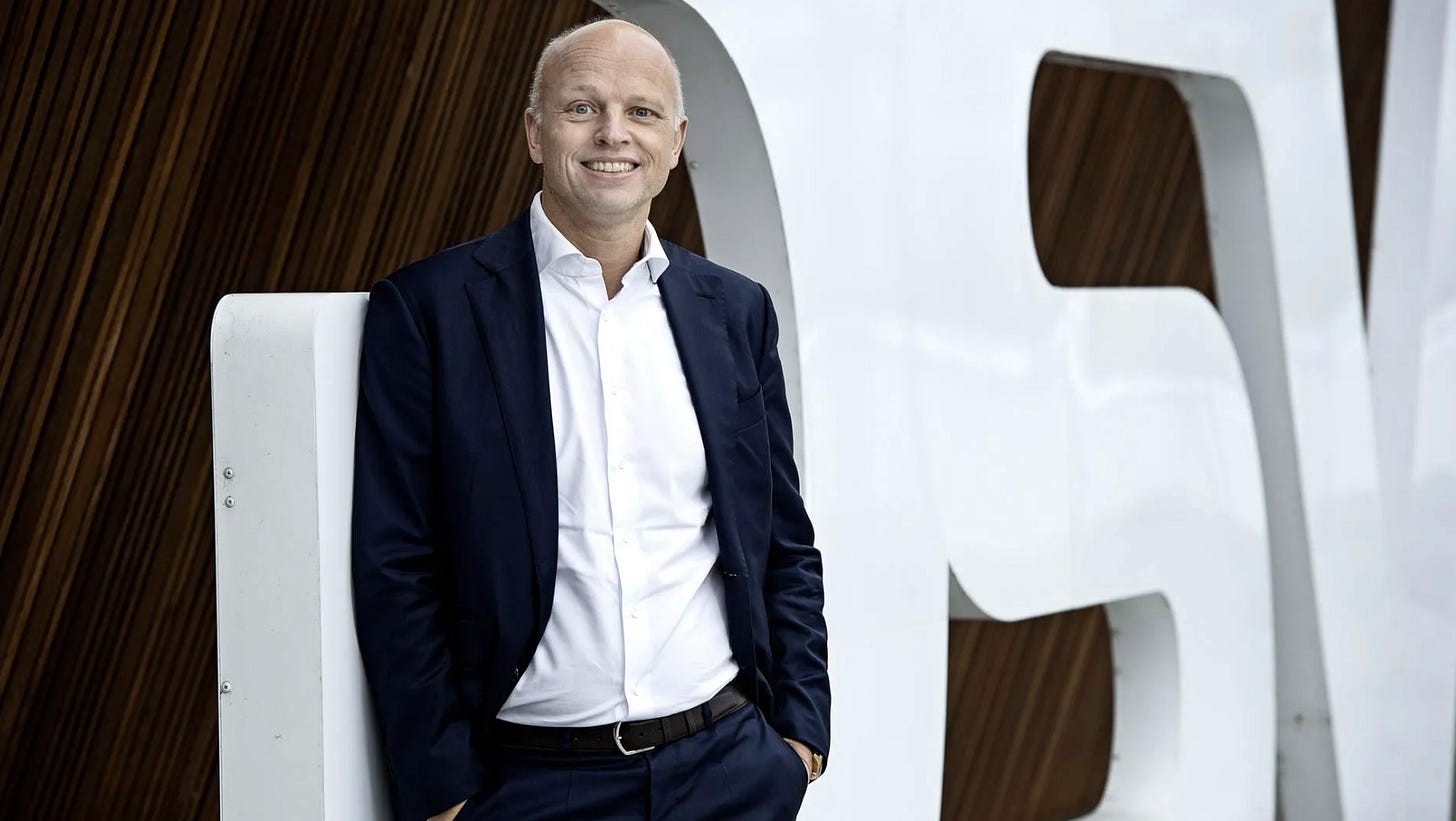DSV’s Net-Zero Delay: A Strategic Setback or a Hard Truth the Industry Won’t Admit?
There’s something unsettling about the timing.
Just when global supply chains are being called to act - not plan, not pledge, but act - DSV drops a bombshell: the newly acquired Schenker’s net-zero target is being pushed from 2040 to 2050.
For an industry under pressure to decarbonize, this isn’t just a missed milestone. It’s a signal. And not a good one.
The Optics: A Reversal Disguised as Realism?
Otto Schacht put it bluntly on LinkedIn: “That’s not just disappointing. That’s a step backward - at the exact moment we should be accelerating.”
He’s not wrong.
In a time when the climate conversation has moved past pledges to performance, DSV’s decision feels out of step with the urgency most credible science demands. We’re already nudging, if not exceeding, the 1.5°C threshold. Every delay now has real consequences.
And here’s what makes it worse: DSV is an asset-light operator. If anyone should be nimble enough to move faster, it’s them.
Maersk, with hundreds of ships and deep operational complexity, has stayed firm on a 2040 target. Why not DSV?
Asset-Light Doesn’t Mean Accountability-Light
Some defenders of the move have argued it’s more complicated than it looks. Perry Neumann made a nuanced point: Schenker is a legacy-heavy logistics business. Integrating it into DSV’s asset-light model is a multi-year transformation - technologically, financially, and operationally.
And yes, influencing carbon reductions across a sprawling third-party network is harder than cleaning up your own fleet.
But here’s the pushback: harder doesn’t mean optional.
If you rely on subcontractors, build the incentives and infrastructure to help them decarbonize. That’s part of leadership. Especially when your scale gives you market power.
Boehme Enrico highlighted a critical blind spot: DSV’s ability to pressure global suppliers is limited by market diversity. In places like Mexico or Bangladesh, asking mom-and-pop haulers or small operators to go electric may not be feasible. Fair enough.
But that doesn’t justify a full decade delay. It calls for innovation in financing, supplier enablement, and tiered expectations—not surrender.
What This Decision Signals to the Market
Let’s be clear: DSV’s move doesn’t just affect DSV. It sets a precedent.
As Max Henry commented, “This is a clear signal that sustainability has taken a backseat at DSV—and it couldn’t come at a worse time.” For an industry already skeptical of corporate greenwashing, this only deepens the credibility gap.
It tells smaller players, “You don’t have to move yet.” It tells investors, “We’ll talk ESG, but don’t expect delivery anytime soon.” It tells competitors, “We’re prioritizing integration over innovation.”
And maybe worst of all, it tells internal teams: “Don’t stick your neck out. This isn’t the time for bold moves.”
The Real Questions We Should Be Asking
As Perry Neumann rightly posed, the more powerful question isn’t just “why 2050?” It’s: what is DSV doing between now and then?
Where’s the roadmap with interim targets?
What will be achieved by 2027? 2030?
How will subcontractor emissions be monitored, reported, and reduced?
What mechanisms will DSV use to accelerate emissions cuts without owning the assets?
Without concrete answers to these, 2050 feels like a soft dodge.
Let’s Talk About Power, Not Just Plans
This moment is about more than emissions targets. It’s about influence.
Zyad Khan captured the irony well: “Being colleagues yet not being trusted is the irony. Facts don’t always win—but relationships do.”
In asset-light models, the real leverage lies in procurement. DSV has massive buying power. Why not embed emissions metrics into supplier contracts? Why not shift volumes toward green performers, even if it costs a little more?
Mittal Patel summed it up best: “Climate doesn’t care who owns what. It cares how fast we cut emissions.”
Green Delay ≠ Green Strategy
Postponing climate targets is not strategy. It’s avoidance wrapped in spreadsheets.
Michael Zieba offered a better alternative: “Use visual frameworks—TCO, risk matrices, value scorecards—to align stakeholders and create clarity. Internal alignment isn’t about consensus, it’s about framing and strategic navigation.”
In other words, even if you don’t own the trucks, you can still drive change. But only if you want to.
The Industry Needs Less Sympathy, More Pressure
There’s a temptation in logistics to excuse slow climate action as realism. But there’s a cost to that narrative: lost momentum, eroded trust, and diluted leadership.
Pamela Marinao from DSV made an internal-facing point: comparing Maersk and DSV may be unfair due to their different models. But that misses the bigger picture.
Sustainability isn’t about parity. It’s about responsibility. The market doesn’t care how hard it is - it cares if it’s being done.
DSV can’t just coast on its structure. It needs to show what an asset-light climate leader actually looks like.
A Final Word: Climate Leadership Is Not a Press Release
Otto Schacht closed his post with a line worth repeating: “Climate leadership isn’t about what you say. It’s about what you do—and what you’re willing to be held accountable for.”
If DSV wants to be seen as a forward-thinking, globally respected leader in logistics, it has a simple choice:
Stick with 2050 and lose credibility - or rise to 2040 and lead by example.
No one said it would be easy. But easy never changed anything.



